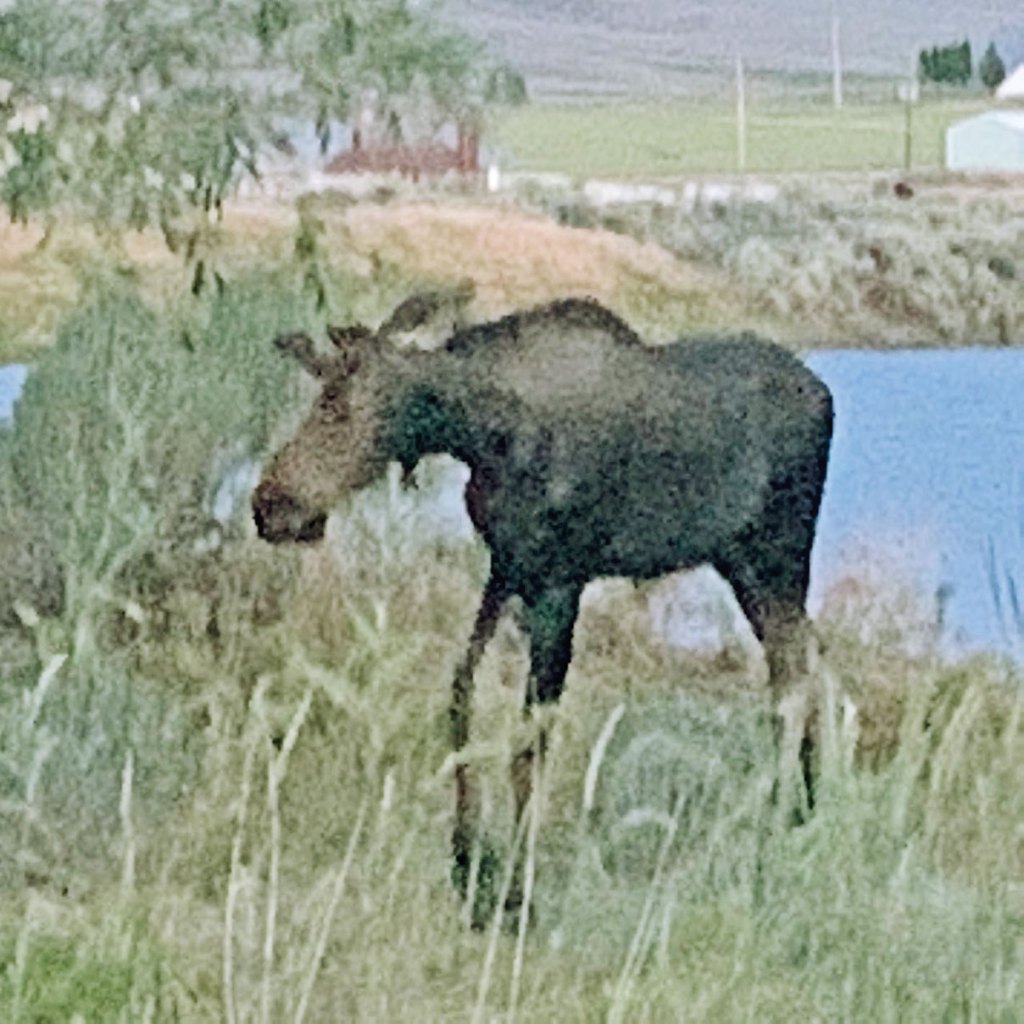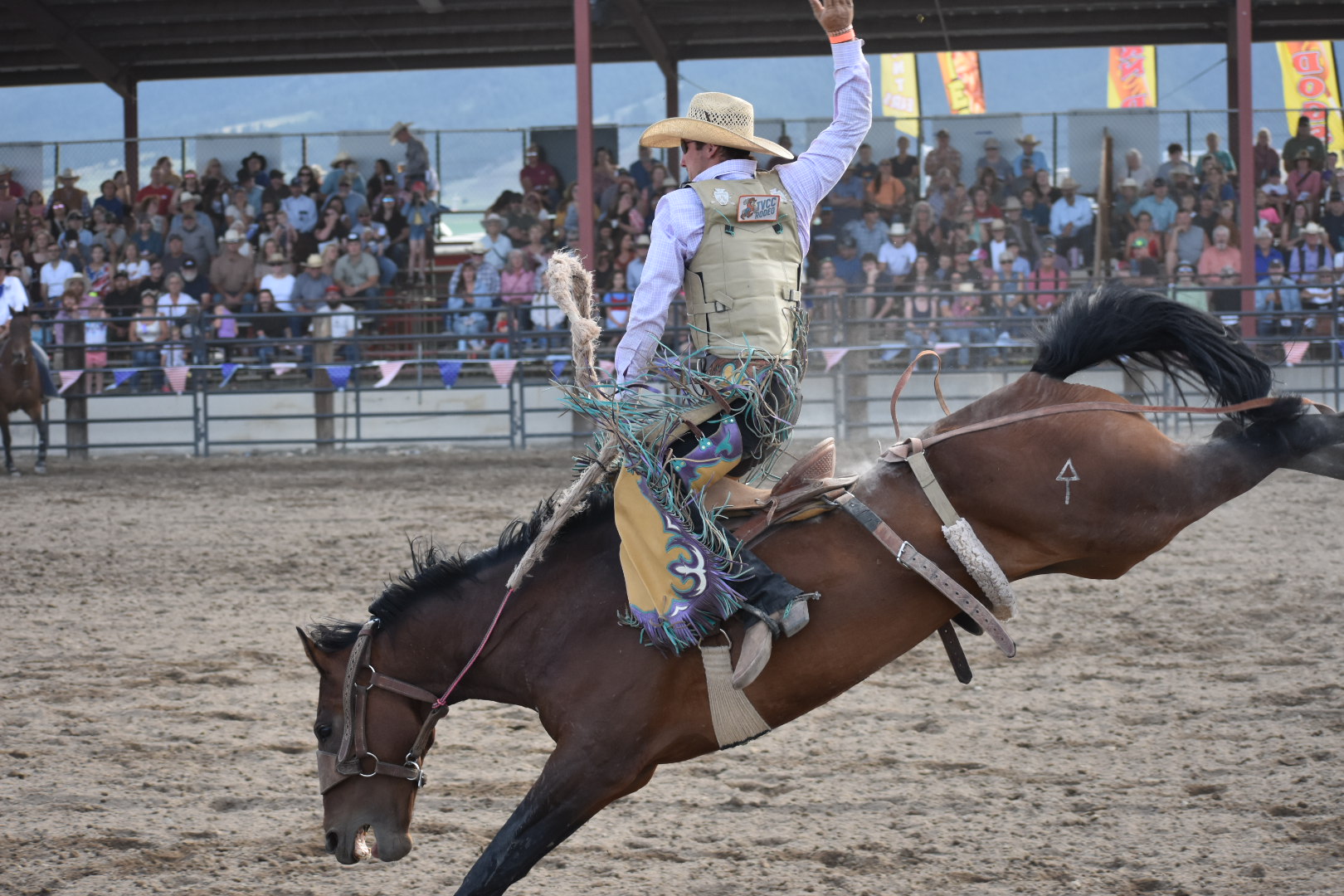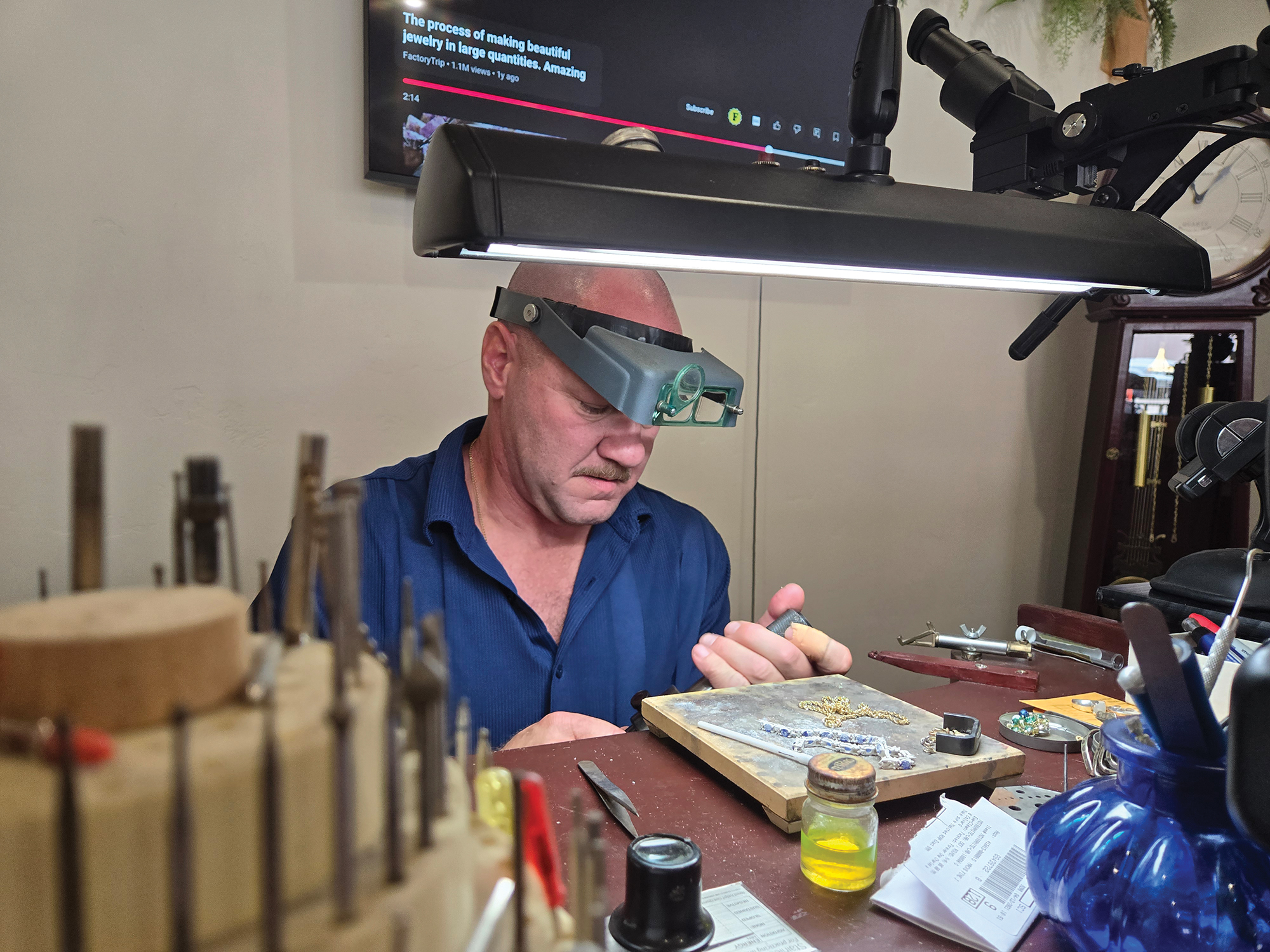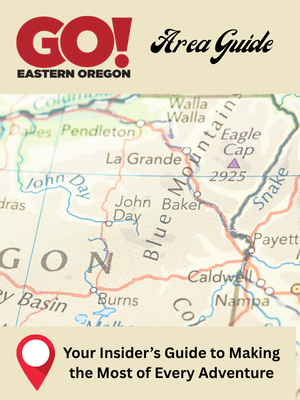Misplaced moose
Published 3:15 pm Friday, July 5, 2019

- Photo courtesy of Pattie VanderwieleThis young bull moose was spotted Tuesday evening and Wednesday morning near Baker City.
Kathryn Talada was looking for a couple of lost dogs Tuesday evening.
What she found was a moose.
(She also tracked down the dogs.)
This was rather a surprise.
“That’s not something you see in Baker,” said Talada, 60, who has lived here at various times since she was in seventh grade.
Talada said she was accustomed to seeing the distinctively gangly animals — the largest member of the deer family — while living in Wyoming.
From her vantage point about 400 to 500 feet away, Talada couldn’t tell whether the moose had the plate-like antlers of a bull.
Casey Vanderwiele, however, had no difficulties with distance.
Vanderwiele, who lives on Atwood Road near the pond, said he saw the moose just before dark Tuesday, and again Wednesday morning while walking his dog.
On the latter encounter Vanderwiele said he was within about 40 feet of the animal.
“I was looking right in his eyes,” Vanderwiele said.
The antlers were conspicuous, although relatively small compared to the massive racks that mature bulls boast, he said.
Vanderwiele said the bull didn’t appear perturbed by the presence of a human.
(And a canine.)
“He didn’t seem bothered at all,” Vanderwiele said.
Talada’s experience started when she was searching for a couple of missing dogs along Atwood Road.
Her nephew, Cody Hansen, a UPS driver, called her from the company’s nearby warehouse along Best Frontage Road, just east of Interstate 84.
Hansen, who was also assisting in the search for the wayward dogs, said his sister, Jenna Hansen, was in a separate vehicle. She stopped along Best Frontage Road, and when Cody pulled alongside she pointed toward an animal near the pond on the east side of the road.
“That’s not my dog,” was Cody’s initial response.
The siblings then watched the animal swim north across the pond, emerge from the water and shake itself to fling drops from its hide.
Cody said he recognized the species immediately.
“I said, ‘heck, that’s a moose,’ ” he said in an interview Wednesday morning.
He called Talada, who is his wife’s aunt, and when she arrived the moose was just climbing out of the pond, one of several in the area created during construction of the freeway.
The presence of a moose in that area is unusual but not shocking, said Pat Matthews, district wildlife biologist at the Oregon Department of Fish and Wildlife’s (ODFW) office in Enterprise.
Although Oregon’s only confirmed resident moose herd — consisting of an estimated 50 to 70 animals — lives mainly in the Blue Mountains north of Elgin, individual young moose of both genders are prone to wandering, Matthews said.
“They’re out pioneering new areas and looking for new habitat,” he said.
The Oregon moose herd tends to roam in the Wenaha unit but animals have been seen in the north part of the Chesnimnus and southern Snake River units, Matthews said.
Individual moose also occasionally wander through the Wallowa Valley, he said.
Over the past decade lone moose have been seen in Baker Valley, near Medical Springs and, perhaps most improbably, along the Oregon shore of Brownlee Reservoir about 15 miles north of Huntington.
The latter area is atypical of moose habitat because it lacks forest, which moose need to keep cool during summer because they don’t tolerate heat, Matthews said.
(There are forested areas within several miles of Brownlee.)
Cody Hansen, Talada and Vanderwiele all said they watched the moose munch on low-hanging branches from deciduous trees.
That’s a favorite meal for moose — willows in particular, Matthews said.
He said research from Rocky Mountain states indicates moose seem to be spreading south. That’s opposite of the movement of some plant and animals species that researchers believe are shifting north to avoid a warming climate.









